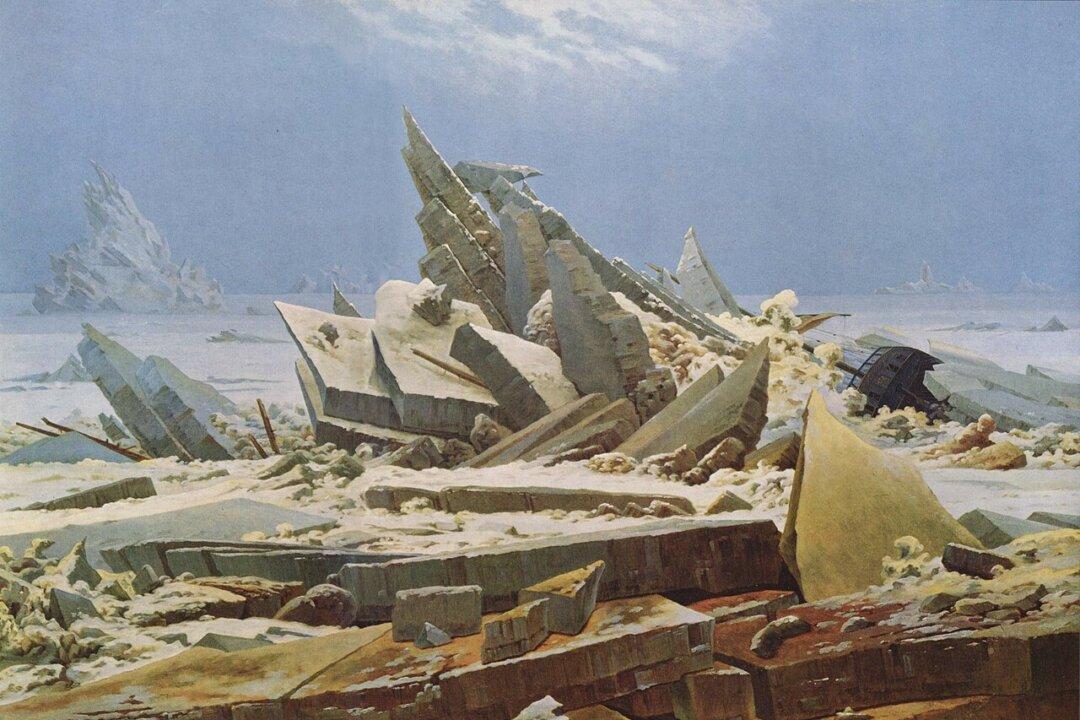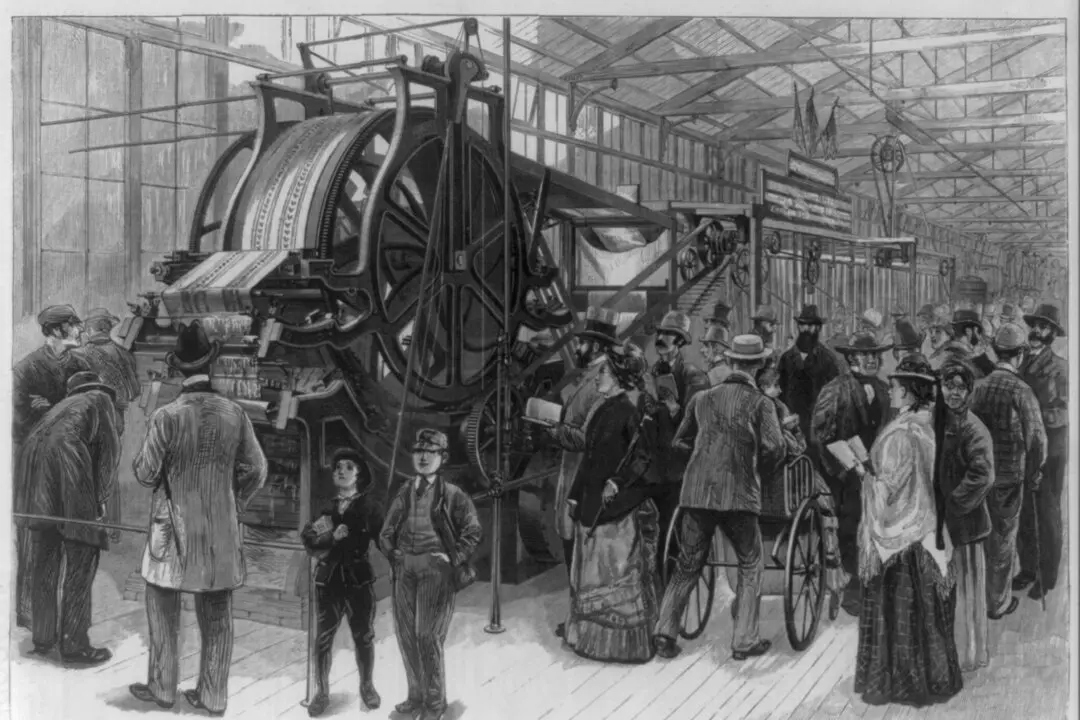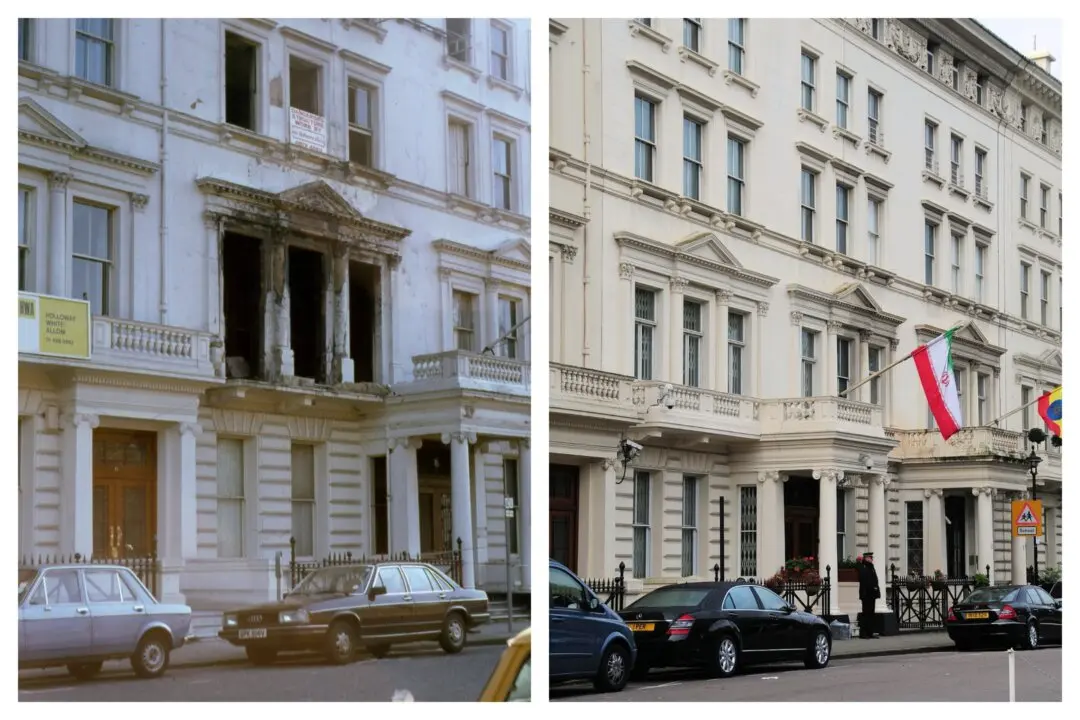After joining the crew of a sailing ship as a teenager, Sir William Edward Parry (1790–1855) grew up to lead several expeditions north to the Arctic with hopes of finding the Northwest Passage (a northern route from the Atlantic to Pacific Oceans passable by boat) and the North Pole. Although none of his explorations were technically successful, he became famous for mapping out much of the Arctic and increasing Europeans’ knowledge of winter survival, food storage, botany, and astronomy.
Parry was born in Bath, Somerset, England in 1790 to established physician Caleb Parry and his wife, Sarah Rigby. Parry received an education at King Edward’s School before Adm. Sir William Cornwallis, a friend of the family, recruited him to join the Royal Navy at the age of 13.






